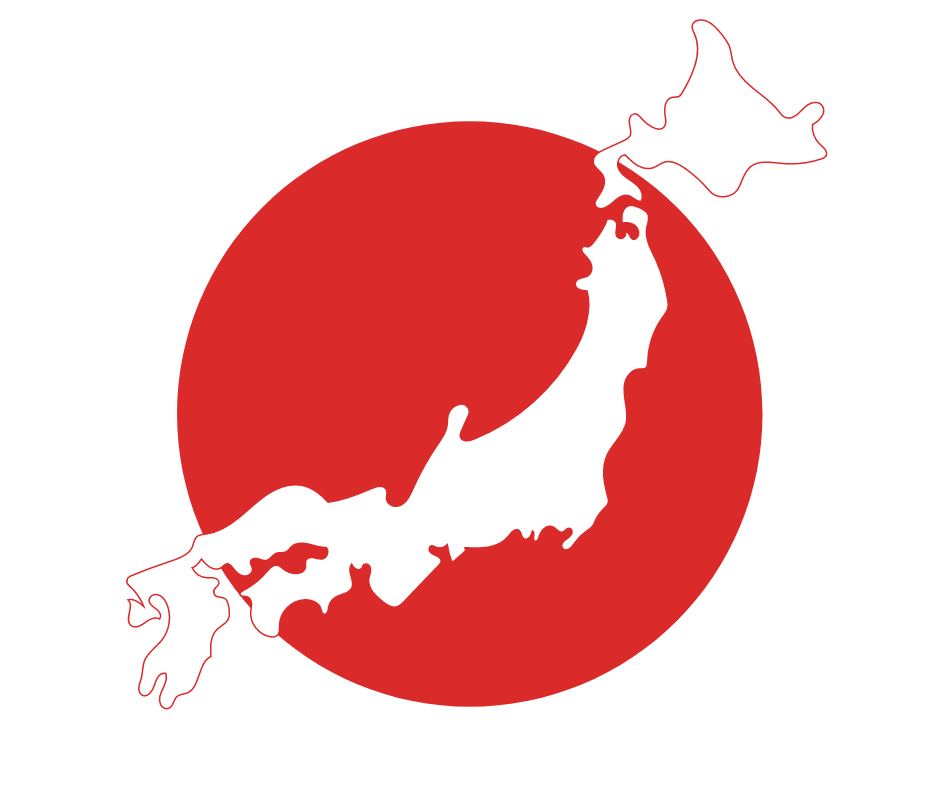
Basic Information
- Country Name: Japan (日本, Nihon/Nippon)
- Capital: Tokyo
- Official Language: Japanese
- Government Type: Constitutional monarchy with a parliamentary government
- Emperor: Naruhito (as of 2024)
- Prime Minister: Fumio Kishida (as of 2024)
Geographic Details
- Location: Eastern Asia, island chain between the North Pacific Ocean and the Sea of Japan, east of the Korean Peninsula
- Coordinates: 36.2048° N latitude, 138.2529° E longitude
- Area: 377,975 square kilometers (145,937 square miles)
- Major Islands: Honshu, Hokkaido, Kyushu, Shikoku
- Highest Point: Mount Fuji (3,776 meters or 12,389 feet)
Population
- Total Population: Approximately 126 million (as of 2020)
- Major Cities:
- Tokyo
- Yokohama
- Osaka
- Nagoya
- Sapporo
- Fukuoka
Economy
- Currency: Japanese Yen (¥, JPY)
- GDP: Japan is the third-largest economy in the world by nominal GDP
- Major Industries: Automobile manufacturing, electronics, robotics, biotechnology, chemicals, textiles, and processed foods
- Trade: Significant exporter of automobiles, consumer electronics, computers, semiconductors, copper, and iron and steel products
Culture
- Traditional Arts: Ikebana (flower arranging), tea ceremony, calligraphy, origami, martial arts (e.g., judo, kendo, karate)
- Cuisine: Sushi, sashimi, tempura, ramen, udon, miso soup, sake
- Festivals: Cherry Blossom Festival (Hanami), Gion Matsuri, Tanabata, Obon, New Year (Shogatsu)
- Religion: Shinto and Buddhism are the major religions; many Japanese people practice a combination of both
Education
- Literacy Rate: Nearly 100%
- School System: 6 years of elementary school, 3 years of junior high school, 3 years of high school, and 4 years of university
- Notable Universities: University of Tokyo, Kyoto University, Osaka University, Keio University
Technology and Innovation
- Japan is renowned for its advancements in technology and innovation, particularly in the fields of electronics, robotics, and automotive engineering. Companies like Toyota, Sony, Panasonic, Nintendo, and Honda are globally recognized.
Infrastructure
- Transportation: Extensive rail network including Shinkansen (bullet trains), extensive public transportation systems in cities, well-developed road networks
- Airports: Major international airports include Narita International Airport (Tokyo), Haneda Airport (Tokyo), Kansai International Airport (Osaka), Chubu Centrair International Airport (Nagoya)
Natural Disasters
- Earthquakes: Frequent due to its location on the Pacific Ring of Fire
- Tsunamis: Risk due to undersea earthquakes
- Volcanoes: Several active volcanoes, including Mount Fuji and Sakurajima
- Typhoons: Typically occur between May and October
Environmental Issues
- Pollution control, waste management, and the protection of natural habitats are significant concerns. Japan is also focused on developing renewable energy sources and reducing carbon emissions.
International Relations
- Membership: United Nations, G7, G20, APEC, ASEAN+3, WTO
- Diplomatic Relations: Strong alliances with the United States and active participation in international economic and security forums
Historical Overview
- Early History: Influenced by Chinese civilization; formation of a centralized state in the Yamato period
- Feudal Era: Dominated by samurai and shogunates; isolationist policies during the Edo period
- Modern Era: Rapid modernization and industrialization during the Meiji Restoration; expansionist policies leading to conflicts including WWII
- Post-WWII: Reconstruction and economic boom, becoming a major global economic power
Leave a Reply